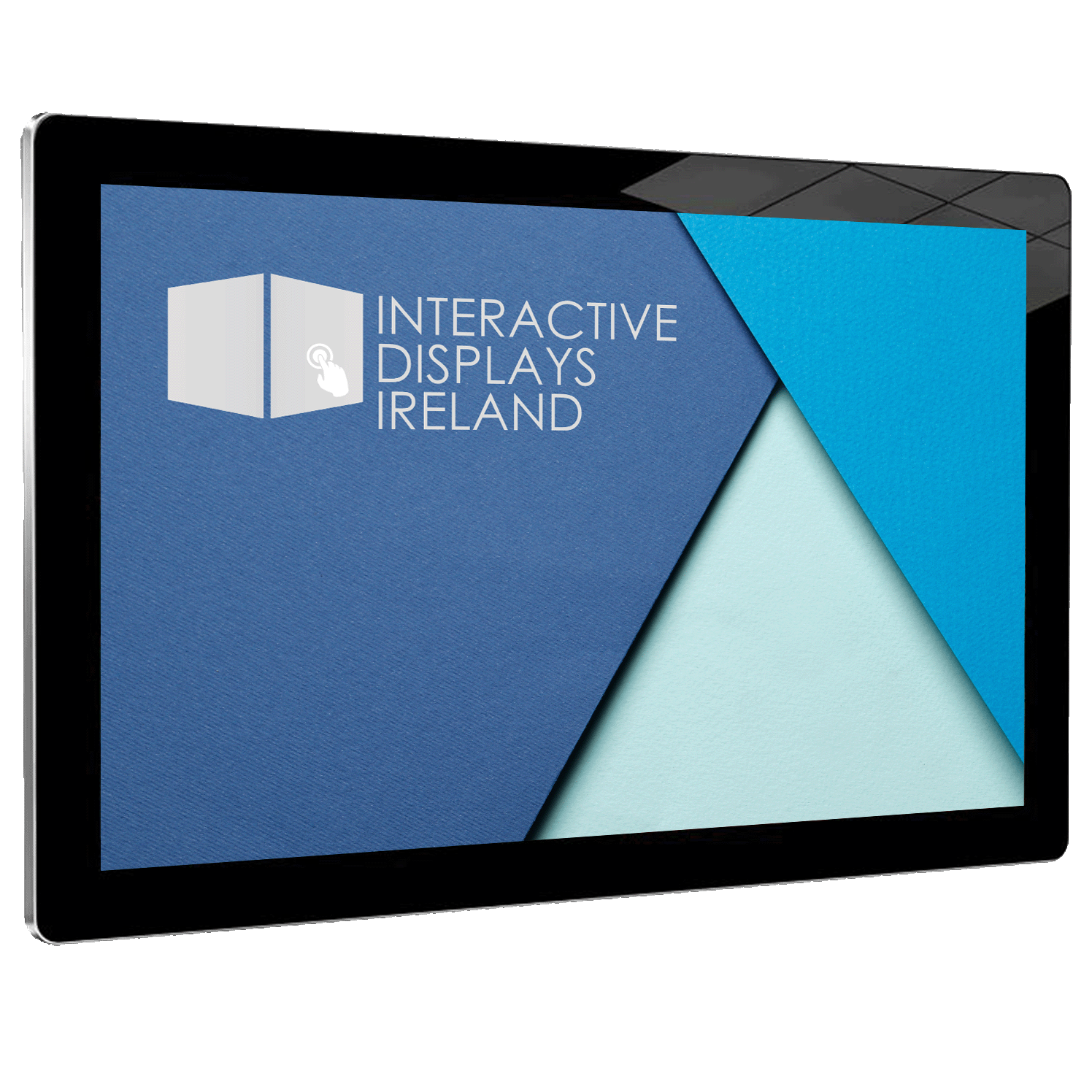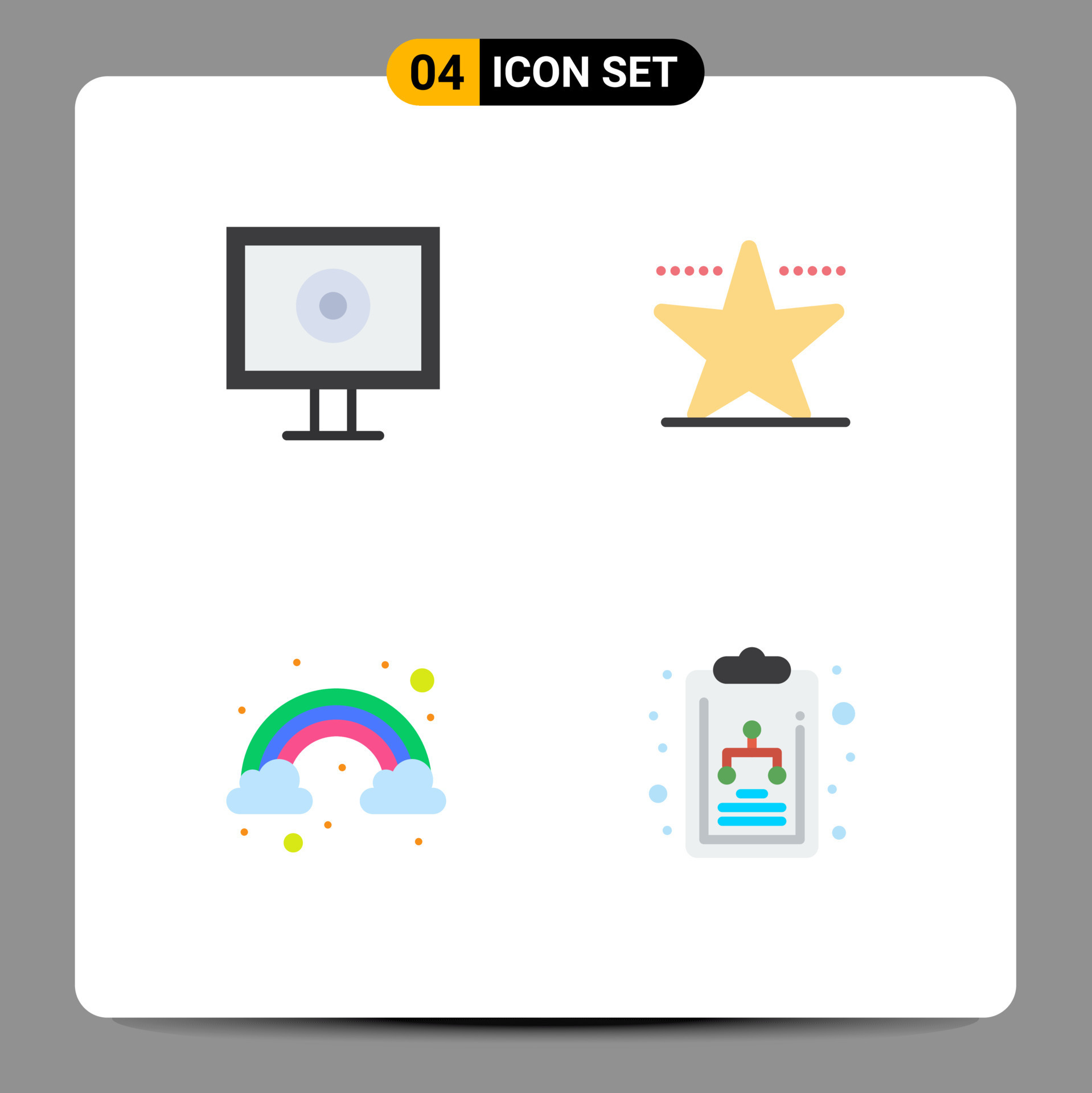In today's interconnected world, the Internet of Things (IoT) has transformed how we interact with data. One of the most crucial components of this ecosystem is remoteIoT display chart technology, which plays a pivotal role in visualizing real-time data streams. RemoteIoT display charts enable users to monitor and analyze data from anywhere, providing unparalleled convenience and efficiency.
As businesses increasingly rely on IoT devices for operational insights, the demand for effective data visualization tools has surged. RemoteIoT display charts not only streamline data management but also empower decision-makers with actionable insights. This article delves into the significance, applications, and best practices for implementing remoteIoT display chart solutions.
Whether you're a tech enthusiast, a business owner, or a developer exploring IoT capabilities, understanding remoteIoT display charts is essential. By the end of this article, you'll have a comprehensive overview of how these tools can enhance your IoT infrastructure and drive better outcomes.
Read also:Exploring The Health Insights Of Victoravis Hanson
Table of Contents
- What is RemoteIoT Display Chart?
- Why RemoteIoT Display Chart Matters
- Key Benefits of RemoteIoT Display Charts
- Types of RemoteIoT Display Charts
- Applications of RemoteIoT Display Charts
- How to Implement RemoteIoT Display Charts
- Top Tools for RemoteIoT Display Charts
- Security Considerations for RemoteIoT Display Charts
- The Future of RemoteIoT Display Charts
- Conclusion and Next Steps
What is RemoteIoT Display Chart?
A remoteIoT display chart is a sophisticated tool designed to visualize data collected from IoT devices in real-time, allowing users to monitor and analyze information remotely. This technology bridges the gap between raw data streams and actionable insights by presenting data in an intuitive and user-friendly format.
RemoteIoT display charts come in various forms, including line graphs, bar charts, pie charts, heatmaps, and dashboards. These visualizations are tailored to meet the specific needs of different industries, from manufacturing to healthcare. By leveraging remoteIoT display charts, businesses can gain a deeper understanding of their operations and make informed decisions.
Core Features of RemoteIoT Display Charts
- Real-time data visualization
- Customizable dashboards
- Scalability for large datasets
- Integration with cloud-based platforms
- Mobile accessibility
Why RemoteIoT Display Chart Matters
RemoteIoT display charts are essential for organizations seeking to harness the full potential of IoT technology. With the exponential growth of connected devices, managing and interpreting vast amounts of data has become increasingly complex. RemoteIoT display charts simplify this process by providing a centralized platform for data visualization.
Moreover, these tools enhance operational efficiency by enabling remote monitoring and control. Decision-makers can access critical information from anywhere, ensuring timely interventions and minimizing downtime. As IoT adoption continues to rise, the importance of remoteIoT display charts in driving innovation cannot be overstated.
Key Benefits of RemoteIoT Display Charts
Enhanced Data Accessibility
RemoteIoT display charts allow users to access data from any location, eliminating the need for physical presence at monitoring stations. This flexibility is particularly beneficial for global organizations with distributed teams.
Improved Decision-Making
By presenting data in a visually appealing and organized manner, remoteIoT display charts facilitate better decision-making. Users can quickly identify trends, anomalies, and patterns, leading to more informed choices.
Read also:Captain Lee The Legendary Yachting Icon Behind Below Deck
Cost Efficiency
Implementing remoteIoT display charts reduces the need for on-site personnel, lowering operational costs. Additionally, the ability to detect issues early helps prevent costly repairs and maintenance.
Types of RemoteIoT Display Charts
Line Graphs
Line graphs are ideal for tracking changes over time, making them a popular choice for IoT applications such as temperature monitoring and energy consumption analysis.
Bar Charts
Bar charts are effective for comparing data across different categories, such as production output or inventory levels.
Pie Charts
Pie charts are useful for illustrating proportions and percentages, making them suitable for applications like market share analysis or resource allocation.
Applications of RemoteIoT Display Charts
Smart Cities
In smart city initiatives, remoteIoT display charts help monitor traffic flow, air quality, and energy consumption, enabling urban planners to optimize resource usage.
Healthcare
RemoteIoT display charts play a crucial role in telemedicine, allowing healthcare providers to remotely monitor patients' vital signs and adjust treatment plans accordingly.
Agriculture
Farmers use remoteIoT display charts to track soil moisture levels, weather conditions, and crop health, ensuring optimal growing conditions and maximizing yields.
How to Implement RemoteIoT Display Charts
Step 1: Define Objectives
Before implementing remoteIoT display charts, it's essential to clearly define your goals and objectives. Determine the specific data points you wish to monitor and the insights you aim to gain.
Step 2: Choose the Right Tools
Select a reliable platform or software that supports remoteIoT display chart functionality. Ensure it integrates seamlessly with your existing IoT infrastructure.
Step 3: Customize Dashboards
Create customized dashboards tailored to your organization's needs. Use various chart types to represent different data sets and ensure easy navigation.
Top Tools for RemoteIoT Display Charts
Several tools and platforms offer robust remoteIoT display chart capabilities. Some of the most popular options include:
- ThingSpeak
- Plotly
- Google Charts
- Tableau
- Microsoft Power BI
Security Considerations for RemoteIoT Display Charts
As with any IoT technology, security is a critical concern when implementing remoteIoT display charts. Sensitive data must be protected from unauthorized access and cyber threats. Here are some best practices to ensure data security:
- Use encryption for data transmission
- Implement strong authentication mechanisms
- Regularly update software and firmware
- Conduct routine security audits
The Future of RemoteIoT Display Charts
The future of remoteIoT display charts looks promising, with advancements in artificial intelligence (AI) and machine learning (ML) enhancing their capabilities. Predictive analytics and automated insights will further streamline data interpretation, enabling even more efficient decision-making. As IoT continues to evolve, remoteIoT display charts will remain at the forefront of innovation, driving progress across industries.
Conclusion and Next Steps
RemoteIoT display charts have revolutionized how we interact with IoT data, offering unparalleled convenience and insights. By understanding their significance, applications, and implementation strategies, businesses can leverage these tools to achieve greater efficiency and success. We encourage readers to explore the resources mentioned in this article and consider integrating remoteIoT display charts into their operations.
To further enhance your knowledge, we invite you to leave comments, share this article, or explore related content on our website. Together, let's embrace the future of IoT and data visualization!
Data sources and references:


